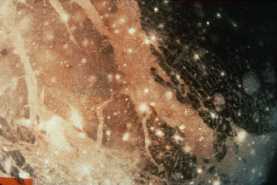This image shows the light terrain of Ganymede.
Click on image for full size
NASA
Light Terrain of Ganymede
This image shows an example of the light terrain of Ganymede. The image shows the contrast between the light terrain and the dark terrain of Ganymede. The light terrain is where the grooves of Ganymede are found.
You might also be interested in:
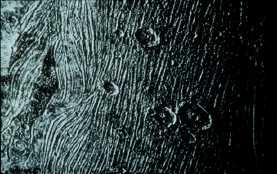
This image shows an example of the grooved terrain of Ganymede. The image clearly shows that some things hit Ganymede and made craters after the grooves were created, because the grooves are underneath
...more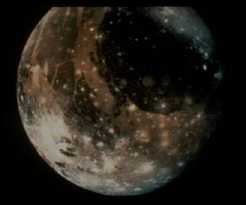
The surface of Ganymede is halfway between Callisto and Europa. There are portions of the surface of Ganymede that have many craters, like Callisto and there are portions which are relatively new, and
...more
Amalthea was discovered by E Barnard in 1872. Of the 17 moons it is the 3rd closest to Jupiter. Amalthea is about the size of a county or small state. Amalthea is named after the goat in Greek mythology
...more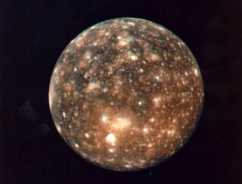
Callisto was first discovered by Galileo in 1610. It is the 2nd largest moon in the solar system, and is larger than the Earth's moon. It is about as big as the distance across the United States. Callisto
...more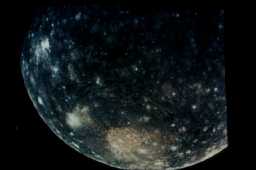
Measurements by the Galileo spacecraft have been shown that Callisto is the same inside from the center to the surface. This means that Callisto does not have a core at the center. This means that, unlike
...more
Many different types of surface are shown in this picture. In the front is a huge crater, which goes for a long way over the surface. This crater could be compared to that of Mimas. They both show that
...more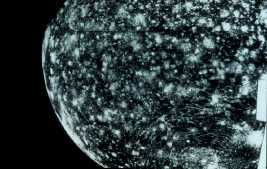
The surface of Callisto is deeply marked with craters. Craters are the little white marks in the picture. It looks like it might be the most heavily cratered body in the whole solar system. And some of
...more


